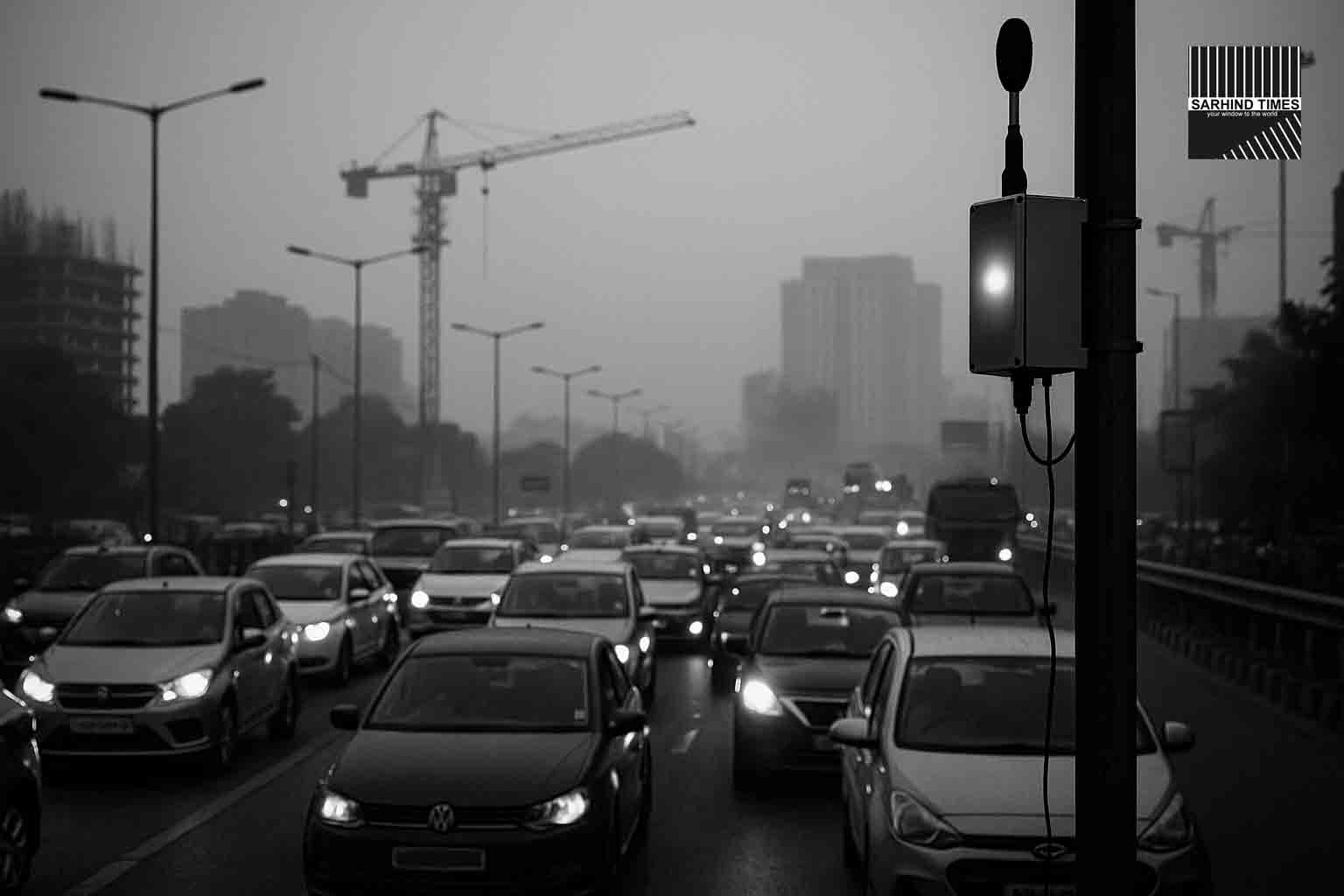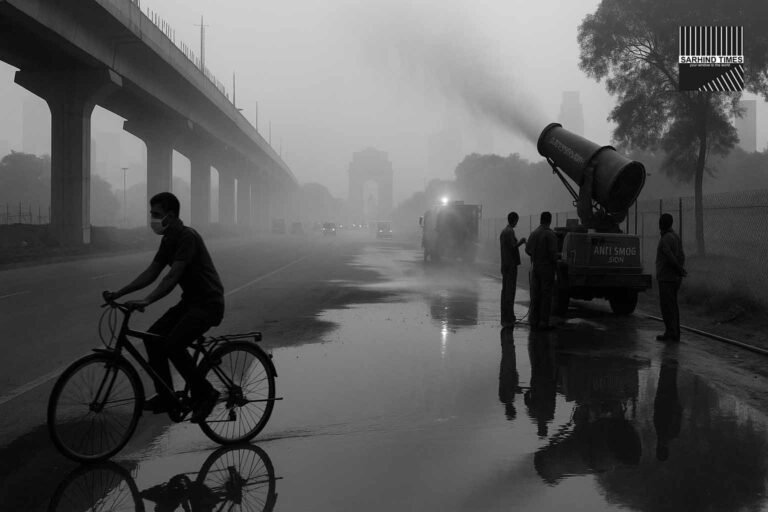Gurgaon, the bustling corporate capital of Haryana, is taking a decisive step in addressing one of its most overlooked urban challenges—noise pollution. Authorities have announced the installation of nine new noise-monitoring devices across key city hotspots, aimed at curbing chronic sound disturbances from traffic, construction, and nightlife hubs.
The initiative represents a growing recognition that noise pollution is not just a nuisance but a public health hazard, linked to stress, sleep disorders, and long-term cardiovascular risks. With Gurgaon consistently ranked among India’s most urbanised yet congested cities, the project could pave the way for more data-driven regulation and enforcement in the fight against noise.
Why Noise Pollution Matters
Noise pollution is often underestimated compared to air and water pollution, yet its impact is significant:
- Health Risks: Elevated noise levels increase risks of hypertension, anxiety, and heart disease.
- Cognitive Impacts: Studies show children exposed to chronic noise perform poorly in learning tasks.
- Quality of Life: Urban residents complain of constant honking, late-night DJ sets, and construction sounds robbing them of peace.
In Gurgaon, where flyovers, metro lines, nightlife districts, and construction projects operate round the clock, noise is both omnipresent and escalating.
The New Monitoring Network
The nine devices will be strategically installed at chronic hotspots, including:
- Cyber Hub & MG Road: Epicentres of nightlife, pubs, and late-night traffic.
- IFFCO Chowk & Rajiv Chowk: Among the busiest intersections in NCR.
- Golf Course Road & Sohna Road: Residential-commercial belts under heavy construction.
- Sector 29 Market: Food and leisure hub with weekend crowd surges.
- Arterial Expressways: Including points along NH-48.
Each device will:
- Continuously log decibel levels.
- Transmit real-time data to a central control room.
- Help identify violators (from construction sites to DJs and traffic).
Officials said the system will support proactive enforcement, rather than relying solely on citizen complaints.
Policy & Legal Framework
India has a Noise Pollution (Regulation and Control) Rules, 2000, which sets permissible limits:
- 55 dB in residential areas during daytime.
- 45 dB at night.
- Stricter limits near hospitals, schools, and courts.
However, implementation in Gurgaon has often been lax. By combining digital monitoring with police enforcement, officials hope to tighten compliance.
Expert Opinions
- Urban Planner: “This is overdue. Gurgaon’s rapid vertical growth has intensified noise levels—data will now back enforcement.”
- Medical Expert: “Noise pollution is a silent killer. It disrupts sleep, raises stress hormones, and worsens chronic illnesses.”
- Resident (Sector 56): “We file complaints about DJs at wedding farms, but enforcement rarely follows. Maybe this will change now.”
Enforcement Measures Ahead
Authorities plan to:
- Link devices with environmental and police control rooms.
- Issue fines for violators based on recorded evidence.
- Mandate sound barriers at construction sites.
- Restrict DJ sound levels during weddings and festivals.
Gurgaon’s Urban Soundscape
The city’s unique profile makes noise a structural issue:
- Traffic: NCR highways cut through the city, with perpetual honking and truck movement.
- Construction: With constant new housing projects, piling and drilling continue late into the night.
- Corporate Nightlife: Gurgaon’s identity as a millennial hub fuels late-night pubs and open-air music events.
- Seasonal Spikes: Diwali crackers, weddings, and religious processions raise decibel levels dramatically.
Data-Driven Future
Noise monitoring devices will generate:
- Heat maps of noise levels across time and location.
- Comparisons with WHO standards (which recommend <55 dB daytime).
- Evidence for policy interventions, such as restricting traffic at night or enforcing green buffers.
Such data could eventually be integrated into public dashboards, allowing residents to view real-time sound levels.
Broader Context: Gurgaon’s Pollution Burden
Noise is just one layer of Gurgaon’s environmental challenges:
- Air Pollution: NCR’s smog levels are among the worst globally.
- Water Scarcity: Rapid urbanisation has outpaced groundwater recharge.
- Waste Crisis: Landfills like Bandhwari continue to overflow.
The noise project shows a shift towards multi-dimensional pollution management, acknowledging that urban well-being extends beyond just air quality.
The Role of Citizens
Officials emphasize that citizen cooperation is critical. Awareness campaigns are planned to:
- Educate about permissible sound limits.
- Encourage use of public complaint portals.
- Motivate residents’ welfare associations (RWAs) to act against habitual violators.
Conclusion
The installation of nine new noise-monitoring devices in Gurgaon may seem like a small step, but it reflects a broader transformation in urban governance—from reactive firefighting to proactive, data-driven regulation.
For Gurgaon’s residents, it raises hope that peace and quiet might one day reclaim a place in the city’s chaotic soundscape. For policymakers, it sets a precedent for tackling an often-ignored but deeply harmful form of pollution.
If sustained, this initiative could make Gurgaon a national model in urban noise management, just as its glass towers once became a symbol of modern India’s economic rise.
#Gurgaon #NoisePollution #UrbanHealth #Environment #SmartCity #PollutionControl #SarhindTimes
























+ There are no comments
Add yours